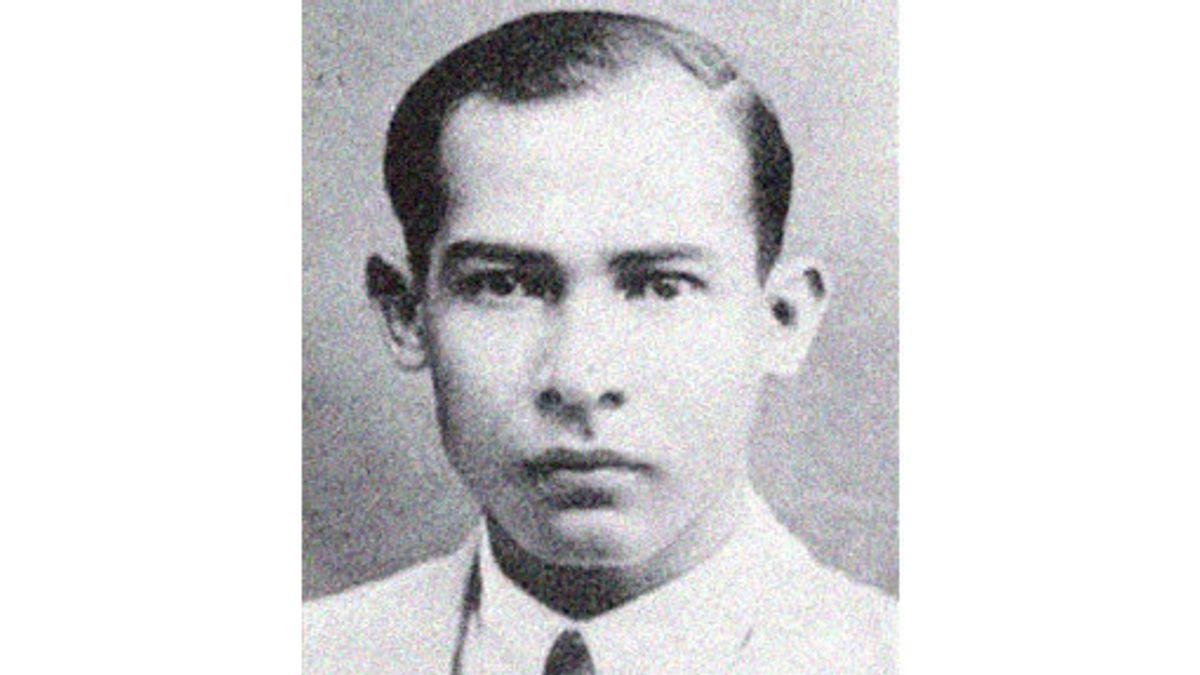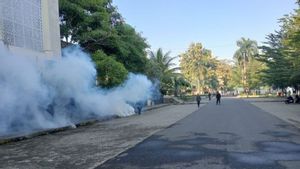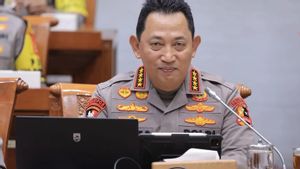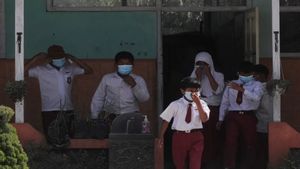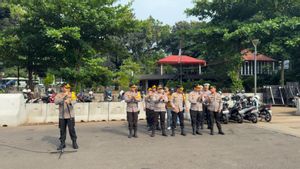JAKARTA - History today, 80 years ago, August 31, 1940, Indonesia's freedom fighter, Mohammad Husni Thamrin refused to fly the Dutch flag at his home. He did not want to celebrate Queen Wilhelmina's birthday.
Thamrin took this step as a form of protest against the Dutch who were colonizing the archipelago. The Dutch colonial government did not remain silent. Thamrin is considered a dangerous figure. In fact, Thamrin was previously seen as a cooperative figure.
The struggle for Indonesia's independence is carried out in many ways. Alias is on their own path. There are those who struggle with a radical style (non-cooporative). There are also those who struggle from within the 'body' of the Dutch government itself (cooporative).
Thamrin, for example. He chose to fight in a corporate way, namely joining Volksraad (People's Council). The Mimbar of the People's Council was used by him to voice the life celebrations of the Bumiputras. He not only defended the fate of the Betawi people, he actually defended the life of the Bumiputras throughout the archipelago.
His charisma made the Dutch move. Everything Thamrin voiced was able to force the Dutch to care about the fate of the bumiputras. He also became a liaison between radical groups and the Dutch colonial government. He moved to support all efforts made by freedom fighters.
He supports the steps of the Three Serangkai (Ernest Douwes Dekker, Tjipto Mangoenkoesoemo, and Soewardi Soerjaningrat). Especially Sukarno. All types of assistance are provided. Mainly the fund case. Therefore, Thamrin's great services for Indonesia's independence will not be able to be abolished by the times.
As many other people are of the same sex, Thamrin is increasingly impressed by Soekarno's vision with his main ideas, namely the formation of a co-cretical unit. Since then, the Thamrin volleyball has always spoken in the flow of Indonesian nationalism, both the corporate and non-cooporative groups. This is to anticipate both kinds of evolutionary nationalism based on his own understanding as stated by the Governor General De Graef.
"By doing symbiosis with Soekarno, from a much more radical non-cooporative group, Thamrin is starting to see itself as an important, non-cooporative and non-cooporative trail d union, also among the member of the movement federation with the volksraad," said Bob Hering in the book Mohammad Hoesni Thamrin (2003).
On the one hand, the Netherlands considers him a cooperative figure. On the other hand, Thamrin continued to move against the domination of the Dutch in the land of the archipelago. Thamrin dedicated the entire life and death to the struggle of the Indonesian people.
Day by day Thamrin's work in the struggle for independence is often carried out openly. Thamrin tried to rebel like radicals (Dutch versions) such as Soekarno and Tjipto. He refused to fly the Dutch flag on the celebration of Ratu Wilhelmina's birthday, August 31, 1940.
Even though he was initially seen as a cooperative figure, in the end his life was actually Thamrin considered dangerous by the Dutch East Indies government. Thamrin did not fly the Dutch flag at her home on Queen Wilhelmina's birthday, August 31, 1940," explained historian Asvi Warman Adam in his writings in Kompas Daily entitled MH Thamrin, Santun politician (2004).
The English, Chinese, Japanese, Arabic, and French versions are automatically generated by the AI. So there may still be inaccuracies in translating, please always see Indonesian as our main language. (system supported by DigitalSiber.id)
